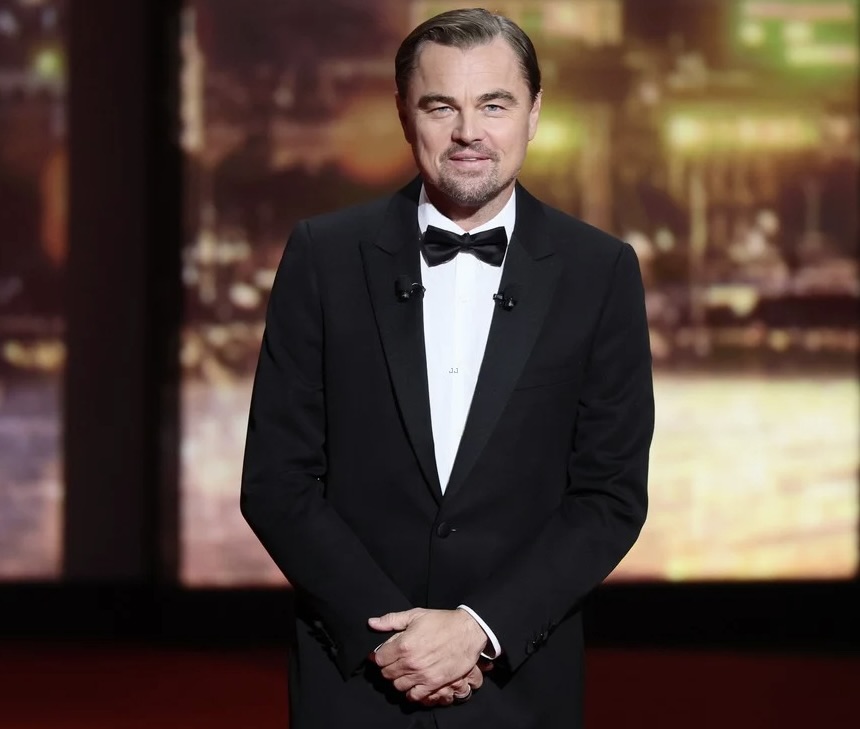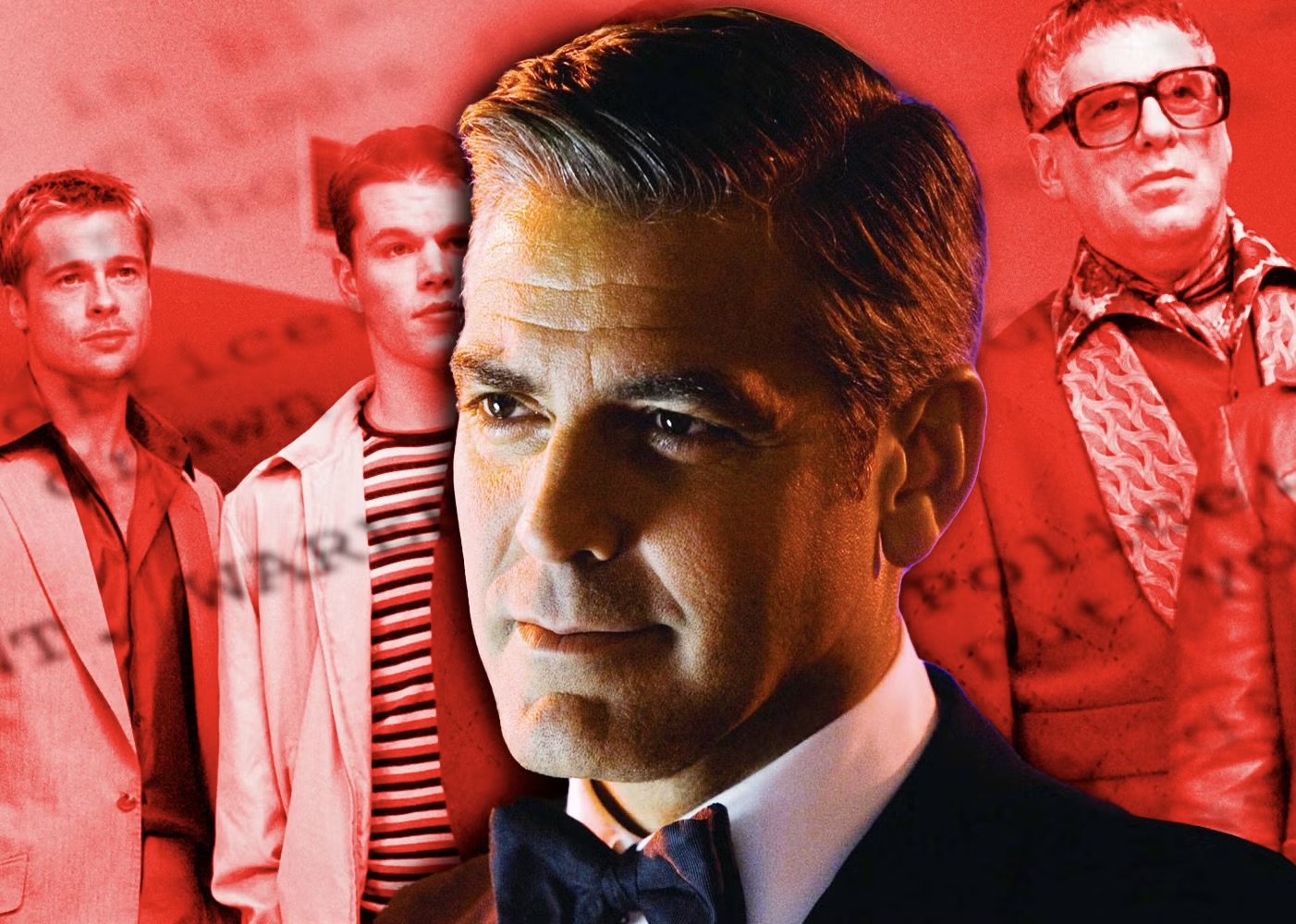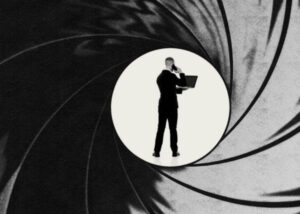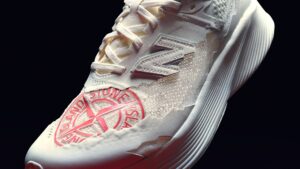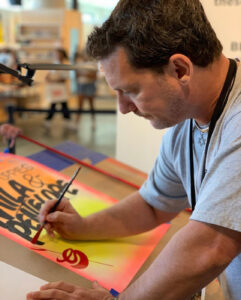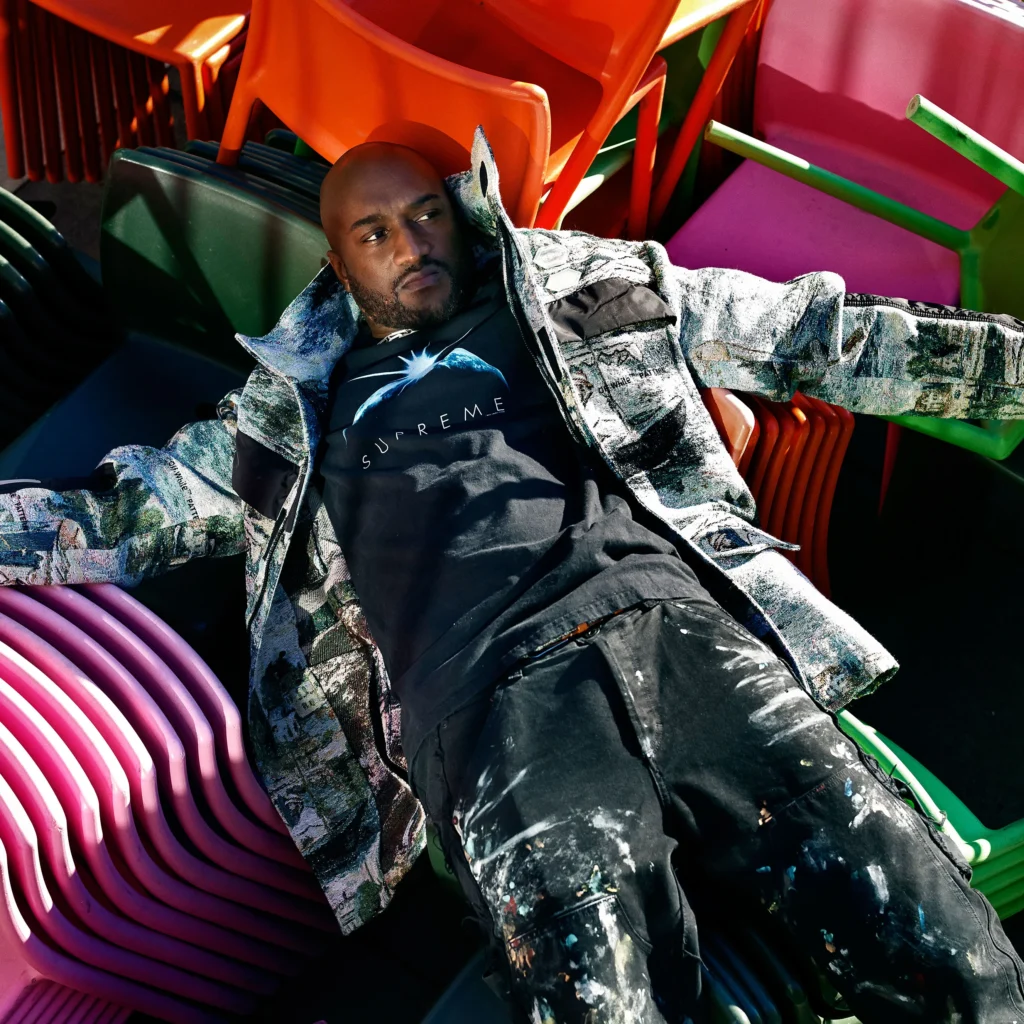
Paris in autumn carries a special kind of electricity during Fashion Week, but this season, the current runs deeper. Beneath the vaulted glass canopy of the Grand Palais, The Virgil Abloh Archive: The Codes opens as the first major European exhibition devoted entirely to Abloh’s creative life. The event transforms the Grand Palais into a cathedral of process — equal parts atelier, laboratory, and time capsule.
The space feels alive rather than solemn. Walls bend into scaffolds of sketches and garment racks. Tables are cluttered with markers, prototypes, and Post-it notes. Screens flicker with video fragments of shows, studio moments, and performances. What at first appears chaotic slowly resolves into coherence — the visual grammar of an artist who built bridges between haute and the everyday, between fashion and sociology.
Virgil Abloh’s story has been told in fragments: architect-turned-DJ, Off-White founder, Louis Vuitton menswear director, Nike collaborator, provocateur. Yet The Codes reframes that mythology through the physical evidence of his thinking. Twenty thousand catalogued objects, carefully archived since 2022, now radiate outward into one evolving idea — that design, at its best, is a social act.
the archive as language
The exhibition unfolds as an essay in rooms. Instead of chronology, it is arranged by principles — what Abloh called “codes.” These recurring gestures, from quotation marks to exposed seams, become structural rules that translate across disciplines.
The first gallery, titled “Objects & Ideas,” introduces the visitor to the material of Abloh’s imagination: deconstructed sneakers from The Ten collaboration with Nike, transparent prototypes annotated in pencil, and early Off-White tees scrawled with test phrases like “Business Casual” or “Insert Logo Here.” Each display is accompanied not by a curatorial plaque, but by snippets of Abloh’s own language — marginal notes, emails, voice messages transcribed from his phone. The effect is intimate, alive, and conversational.
As one moves deeper, the exhibition widens into the domestic and the civic. “Interventions & Spaces” features his work with Vitra, Ikea, and Braun: furniture that doubles as commentary on consumer culture, glass vitrines of tools, even fragments of the Figures of Speech shows in Chicago and Doha. Architectural models reveal an obsessive attention to human scale and flow, echoing the training Abloh received at the Illinois Institute of Technology under the ghost of Mies van der Rohe.
Here, the archive functions like a syntax. Each object becomes a noun, verb, or conjunction linking design to music, architecture, or performance. The curators — Chloe Sultan and Mahfuz Sultan — describe it as “a grammar of cultural remix.”
walking through memory
To bring that grammar to life, two of Abloh’s close contemporaries, Luka Sabbat and Tremaine Emory, guide viewers through a filmed walkthrough. Their commentary plays softly in one section of the show, projected onto floating panels.
They begin among rows of Air Force 1s, from pristine white prototypes to paint-splattered test pairs. Luka recalls how each model felt like a thesis: “He wasn’t redesigning the shoe; he was redesigning how we look at design.” Tremaine, whose Denim Tears label often intersects with social commentary, notes that Abloh’s use of everyday materials felt revolutionary precisely because it was legible. “He didn’t hide the tape marks. He left the process visible so we’d know how the dream was built.”
In another room, a recreation of Abloh’s Pont Neuf studio offers a still-life of constant creation — sketchbooks, soundboards, turntables, laptops, coffee cups, and to-do lists scattered in seemingly spontaneous order. Visitors describe the sensation of entering someone’s mind rather than their museum.
The two friends pause by a stack of printed essays, including Abloh’s “Black Canon,” where he outlines how subcultures form alternative institutions. Tremaine reads aloud: “The purpose of design is to democratize access to what was previously unattainable.” Luka nods quietly: “That’s still the goal.”
Their tour ends not in silence but in sound. A final room hums with an audio collage of Abloh’s DJ sets — snippets from Boys Noize nights, Benji B collaborations, and Louis Vuitton runway soundtracks. It is both requiem and relay.
a conversation of codes
Later that evening, the exhibition expands into dialogue. In a vaulted hall off the main galleries, GQ editor-in-chief Will Welch hosts the first Archive Talks session with Martine Rose and Travis Scott — two figures who, like Abloh, blur boundaries between street and luxury.
Welch opens simply: “This is Virgil’s birthday. The best way to celebrate him is to keep the conversation moving.”
Martine Rose recalls their earliest collaborations, when Abloh often sent her rough sketches or text messages filled with ideas at impossible hours. “He’d ask, ‘What if tailoring looked like a drum loop?’ He thought in rhythm, not seasons.” She emphasizes his 3 percent rule — the belief that a small shift could rewrite a design language. “It’s generosity in restraint,” she says. “He never claimed total invention, only transformation.”
Travis Scott speaks from another vantage point — sound and storytelling. “Virgil taught me that fashion had tempo,” he says. “He designed the drop the way we design a beat. Tension, pause, release.” His memories pivot between studio sessions and runway rehearsals, where they would trade playlists and visual references. “He could see music,” Scott adds, “and you could hear his clothes.”
The conversation circles around legacy — what to do with such a vast archive. Welch asks whether archiving risks freezing creativity. Martine shakes her head: “Only if you stop making. Virgil never stopped.”
When audience members ask how younger artists should approach Abloh’s influence, Travis answers with brevity: “Don’t copy the codes. Write new ones.”
The applause that follows feels like closure and ignition at once — a recognition that memory, for Abloh’s circle, is not nostalgia but propulsion.
inside the codes themselves
Every principle that governed Abloh’s practice reappears in some form throughout the exhibition. Visitors trace the lineage of his “codes” — both philosophical and visual.
Quotation marks: Used not for irony but awareness. By placing “SHOELACES” or “SCULPTURE” in quotes, Abloh forced the viewer to oscillate between meaning and object, consumption and commentary.
Transparency and exposure: From translucent sneakers to plexiglass furniture, he made construction visible. Transparency becomes trust — an invitation to decode.
The 3 percent rule: Modify an existing object by three percent and its context changes completely. The rule underlies The Ten, the Ikea Markerad collection, and his Braun redesigns.
Hybridization: Merge fields until their borders blur — architecture × music, couture × streetwear, academia × pop.
Accessibility: Refusing gatekeeping, he treated the bootleg as heritage and the remix as design democracy.
Collaboration as medium: His partnerships — from Nike to Evian — were less about branding than about expanding vocabulary.
These codes, displayed on a looping projection in the final gallery, reveal that Abloh’s design ethos was never about luxury for its own sake. It was about creating frameworks where ideas could move faster than institutions.
a cathedral of process
What strikes visitors most is the exhibition’s architecture. Rather than impose museum order, the Grand Palais becomes an experimental workshop. The curators allow clutter. Labels overlap. Lighting fluctuates between the sterile white of studios and the amber glow of performance spaces.
In one section, mannequins wear Off-White tailoring beside stacks of fabric samples. Nearby, a case of Braun prototypes sits next to childhood photos from Rockford, Illinois. The juxtapositions feel deliberate: luxury beside the everyday, final product beside process.
The emotional centerpiece is a wall of Polaroids — hundreds of faces from Abloh’s orbit: models, interns, seamstresses, sound engineers, family, friends. It reads as his true archive — community as material.
The soundtrack throughout alternates between ambient recordings from his studios and fragments of his speeches. At intervals, his voice repeats a mantra: “Everything I do is for the 17-year-old version of myself.”
In those repetitions, the exhibition transcends nostalgia. It becomes pedagogy — a masterclass in curiosity.
the culture
By mid-week, The Codes has drawn designers, musicians, and students from across Europe. The queues wrap around the Palais. Reviews oscillate between awe and intimacy. Le Monde calls it “a window into a restless mind,” while The Guardian likens the layout to “a garage sale staged by a philosopher.”
Critics note how the exhibition rejects the finality typical of retrospectives. Instead of a closed narrative, it offers fragments, drafts, emails, samples. The result is humbler — and more radical. By refusing to canonize, it invites participation.
For young designers, the show reads like permission. The 3 percent rule becomes a rallying cry for incremental innovation; the transparency code, a lesson in honesty. Even the archival chaos feels reassuring: greatness can coexist with mess.
For the industry, The Codes operates as mirror and measure. It reveals how profoundly Abloh reshaped the vocabulary of luxury — not only in silhouette or branding, but in the ethics of collaboration. His insistence that “streetwear is the new establishment” now appears prophetic; the exhibition’s very existence in the Grand Palais confirms it.
View this post on Instagram
martine rose’s reflection
Later interviews capture Martine Rose’s lingering thought from that first talk: “Virgil’s greatest design wasn’t a shoe or a jacket. It was the network he built.”
That network extends through every corridor of The Codes — from the set design by Mahfuz Sultan to the sound program curated by Benji B, from the Nike archive team cataloguing prototypes to the Off-White alumni reconstructing installations. Even the merchandise kiosk — cheekily titled “Reality Distortion Shop” — is manned by former interns.
Rose notes how Abloh’s approach to collaboration broke the binary between auteur and collective. He saw authorship as plural. “When he said ‘team,’ he meant culture,” she says.
legacy beyond fashion
The Abloh Archive’s scope extends well beyond clothing. Among the 20,000 items are artworks, architectural blueprints, photographic negatives, and digital files. Scholars predict that The Codes may redefine how creative archives are managed — not as static repositories but as living ecosystems.
Abloh’s estate has partnered with several universities to digitize portions of the archive for research access. The long-term plan includes residencies for young designers and open-source design prompts derived from his “codes.” In this, the exhibition doubles as manifesto: creativity should be iterative, not proprietary.
Even Nike’s involvement underscores this ethos. Their contribution — the full lineage of The Ten prototypes — is presented not as product triumph but as open documentation of experimentation. Visitors can trace each sample’s evolution, scuff marks included.
the grand palais as stage
Few venues could match the symbolism of the Grand Palais. Built for the 1900 Exposition Universelle, it was conceived as a celebration of art and industry — precisely the intersection Abloh inhabited. Its glass nave, once host to auto shows and couture presentations, now shelters a different machinery: the human imagination at work.
The exhibition design mirrors this duality. Industrial scaffolds frame couture garments; archival boxes sit beneath neon grids. From above, the layout forms a subtle “X” — Off-White’s enduring motif — stretching across the floorplan. It is an architectural wink, a quiet salute.
At night, the façade glows with the phrase “You’re Obviously In The Future.” Passersby stop, photograph, post — completing the feedback loop that Abloh mastered: participation as performance.
the unfinished work
When visitors exit through the final corridor — where his personal notebooks rest under soft light — one page stands open. In shaky handwriting it reads: “Keep going until it feels like play.”
That phrase distills the exhibition’s soul. For Abloh, work was not labor separated from life; it was an ongoing improvisation. The archive, then, is not memorial but method — a toolkit for those who will remix his ideas tomorrow.
Outside, Paris hums with the noise of Fashion Week: taxis, cameras, footsteps. Yet the rhythm inside the Grand Palais lingers. The exhibition does not end at its exit; it migrates with each visitor who leaves inspired to apply the codes in their own way — whether in fabric, sound, architecture, or activism.
Virgil Abloh once said, “I don’t believe in art for art’s sake. I believe in art for dialogue.” The Codes fulfills that belief by transforming remembrance into conversation.
The last sound heard in the gallery — a looped sample from his 2018 Louis Vuitton debut — fades with three whispered words that encapsulate his entire philosophy: Still learning how.
No comments yet.

